
| Recorded by: David George on 2024-08-31
Chatham Co.
Comment: | 
| Recorded by: Jeff Niznik, David George on 2024-08-06
Transylvania Co.
Comment: |

| Recorded by: David George, Jeff Niznik, Stephen Dunn on 2024-06-29
Chatham Co.
Comment: | 
| Recorded by: David George, Jeff Niznik on 2024-06-01
Chatham Co.
Comment: |

| Recorded by: David George, Stephen Dunn, Jeff Niznik on 2024-04-29
Chatham Co.
Comment: | 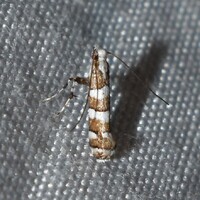
| Recorded by: David George, Jeff Niznik on 2023-09-04
Orange Co.
Comment: |

| Recorded by: Stephen Dunn, Jeff Niznik on 2023-07-26
Chatham Co.
Comment: | 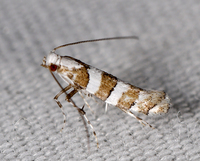
| Recorded by: John Petranka on 2022-07-10
Orange Co.
Comment: |
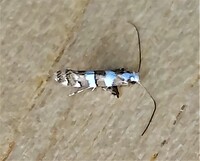
| Recorded by: Gary Maness on 2022-06-10
Guilford Co.
Comment: | 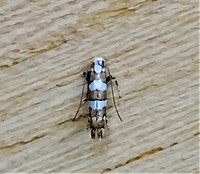
| Recorded by: Gary Maness on 2022-06-10
Guilford Co.
Comment: |
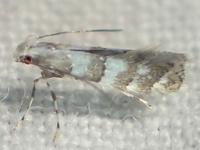
| Recorded by: tom ward on 2022-06-05
Buncombe Co.
Comment: | 
| Recorded by: David George, L. M. Carlson on 2022-05-31
Durham Co.
Comment: |
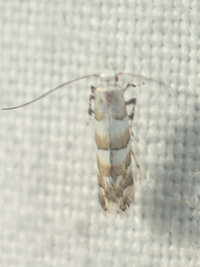
| Recorded by: tom ward on 2022-05-26
Buncombe Co.
Comment: | 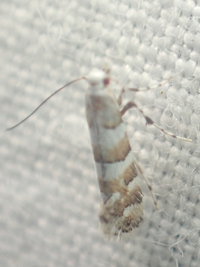
| Recorded by: tom ward on 2022-05-26
Buncombe Co.
Comment: |
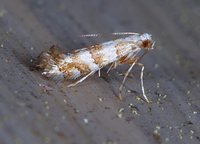
| Recorded by: Jim Petranka on 2021-06-13
Madison Co.
Comment: | 
| Recorded by: Jim Petranka on 2020-12-13
Madison Co.
Comment: Stem mines of Pinus strobus; a thin, central frass line was evident. |
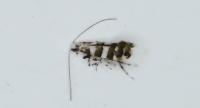
| Recorded by: Gary Maness on 2020-06-26
Guilford Co.
Comment: | 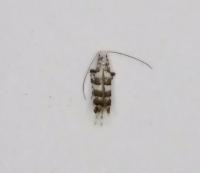
| Recorded by: Gary Maness on 2020-06-26
Guilford Co.
Comment: |
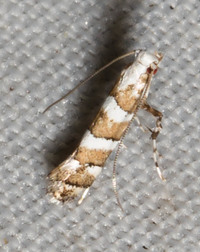
| Recorded by: Steve Hall on 2020-06-20
Orange Co.
Comment: | 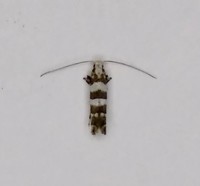
| Recorded by: Gary Maness on 2020-05-17
Guilford Co.
Comment: |
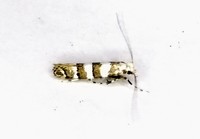
| Recorded by: Gary Maness on 2020-05-17
Guilford Co.
Comment: | 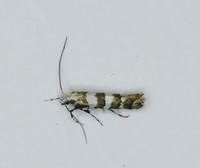
| Recorded by: Gary Maness on 2020-05-17
Guilford Co.
Comment: |
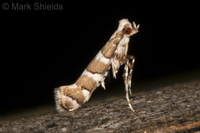
| Recorded by: Mark Shields on 2019-08-31
Onslow Co.
Comment: | 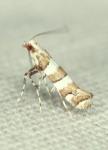
| Recorded by: T. DeSantis on 2015-08-17
Durham Co.
Comment: |

| Recorded by: Harry Wilson on 2012-05-03
Wake Co.
Comment: | 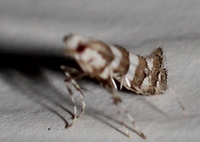
| Recorded by: Harry Wilson on 2012-05-03
Wake Co.
Comment: |
|

 »
»




 »
»


